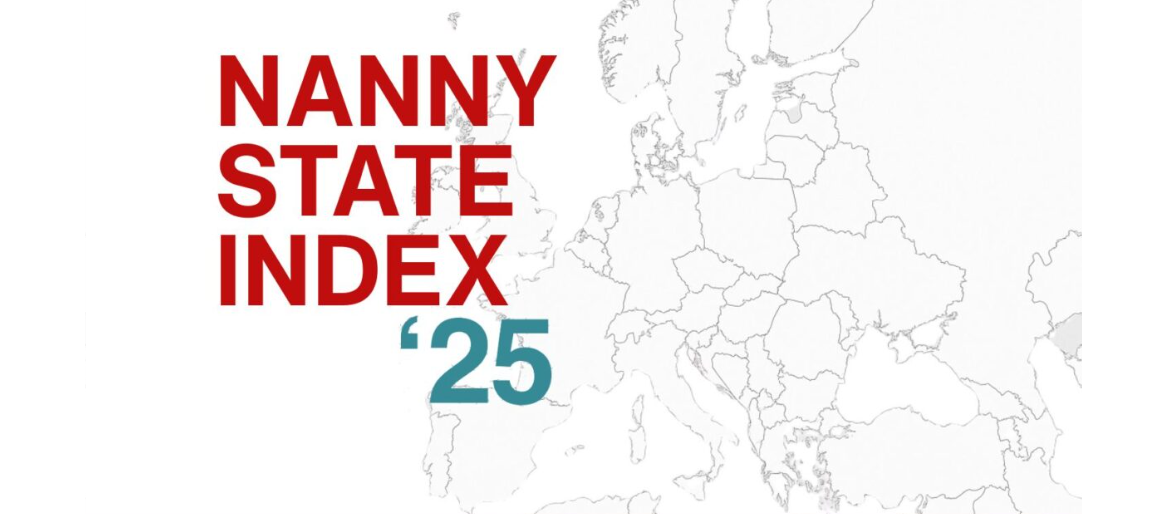This year marks the 25th anniversary of the start of Poland’s journey towards becoming a market economy, and it can be said with some certainty that the path has been a successful one. Poland’s per capita GDP in 2012 was $10,573 (in constant 2005 US$), with the country safely ensconced in the OECD, and the European Union. Rather than lurching from crisis to crisis, Poland saw the creation of a regular and functional market democracy, with free and fair elections, steady economic growth, and, following the global financial crisis of 2007-08, a record of macroeconomic performance that became the envy of Europe.
In contrast, Poland’s large eastern neighbor has seen a starkly different path. The current turmoil in Ukraine and ousting of President Viktor Yanukovych by popular agitation has only served to highlight the seriousness of Ukraine’s underlying economic situation. Despite 22 years of independence, the country’s per capita GDP in 2012 was only slightly over US$2,000, five times less than Poland despite starting from nearly the same initial conditions. In other areas, the country has faltered, with a fiscal situation best described as “bankrupt” and the smallest of transitions economy-wide away from its Soviet, heavy-industry past. This road to transition has been marked by delays in needed reforms leading to severe turbulence, including banking and currency crises in 1998-99 and from 2008 to the present, while the political transition resulted in rampant corruption, cronyism at the highest levels, and a fragile state that has finally collapsed. From the days of 10,000% inflation in 1993 to the plummeting hryvnia and scramble for an IMF loan in 2014, the country appeared to be trapped in a state of perpetual crisis.
The purpose of this paper is to examine this differing experience of economic transition in Poland and Ukraine in reference to the development of its institutions, conditioned by the divergent pace of reforms in each country. As we shall see, delayed macroeconomic stabilization, which then led to slow (or non-existent) institutional development, between the two countries was the key factor driving the two apart.
Kontakt do autora analizy:




